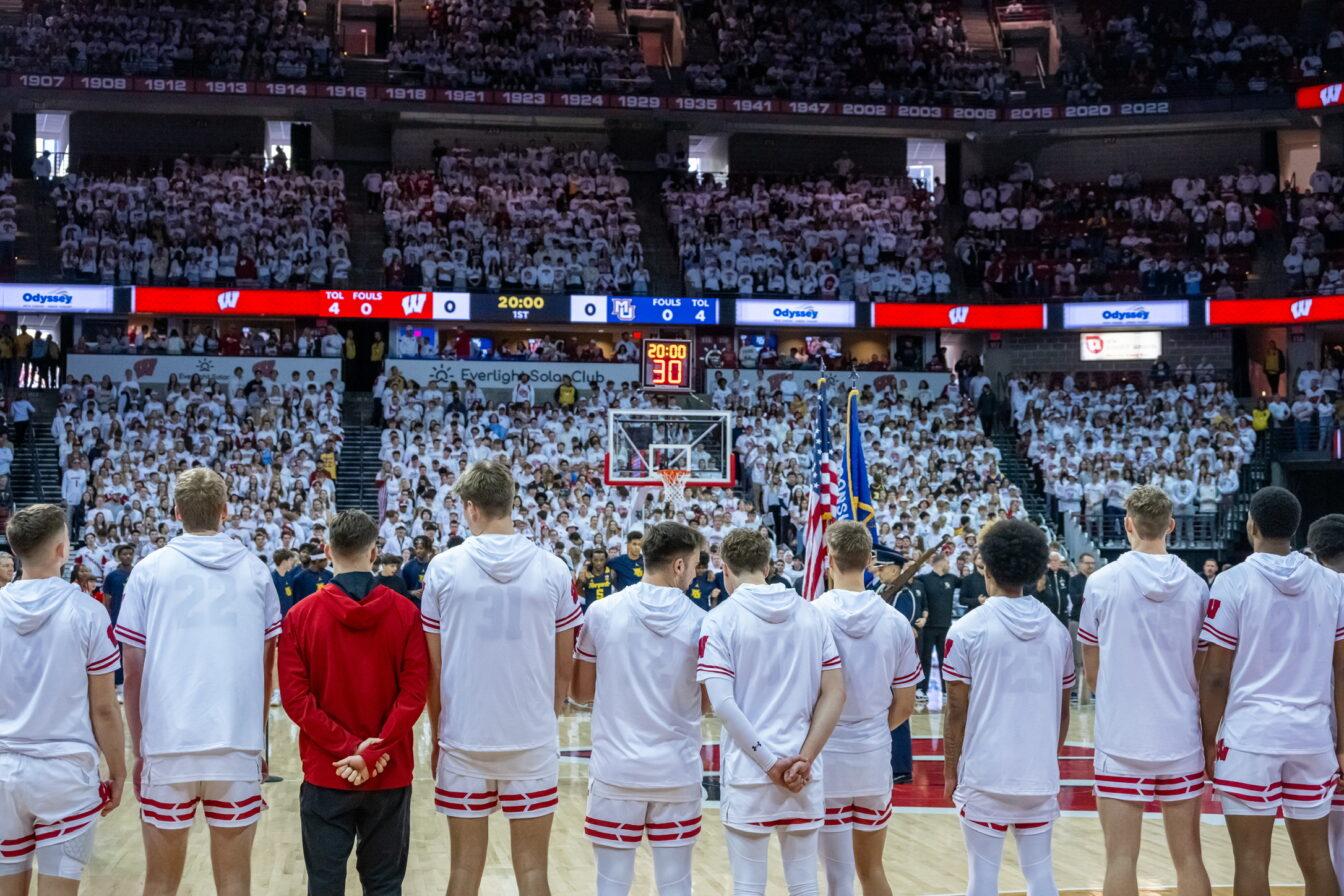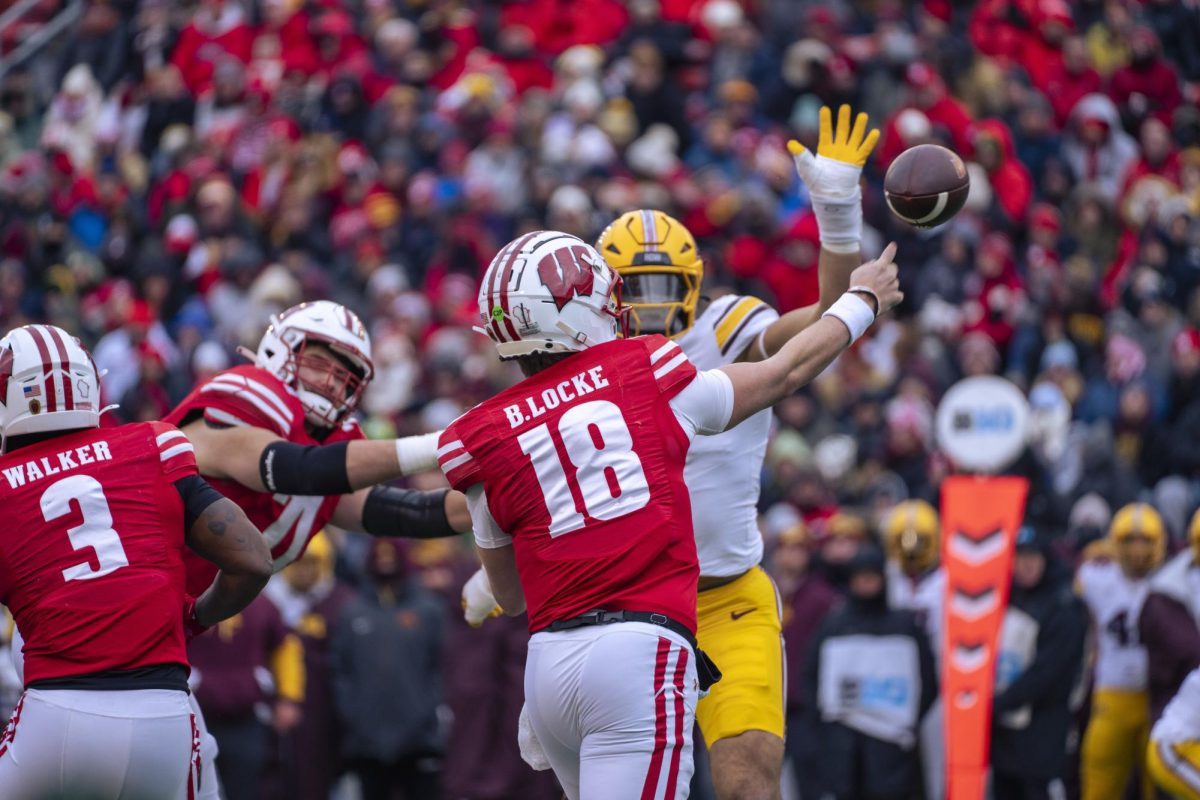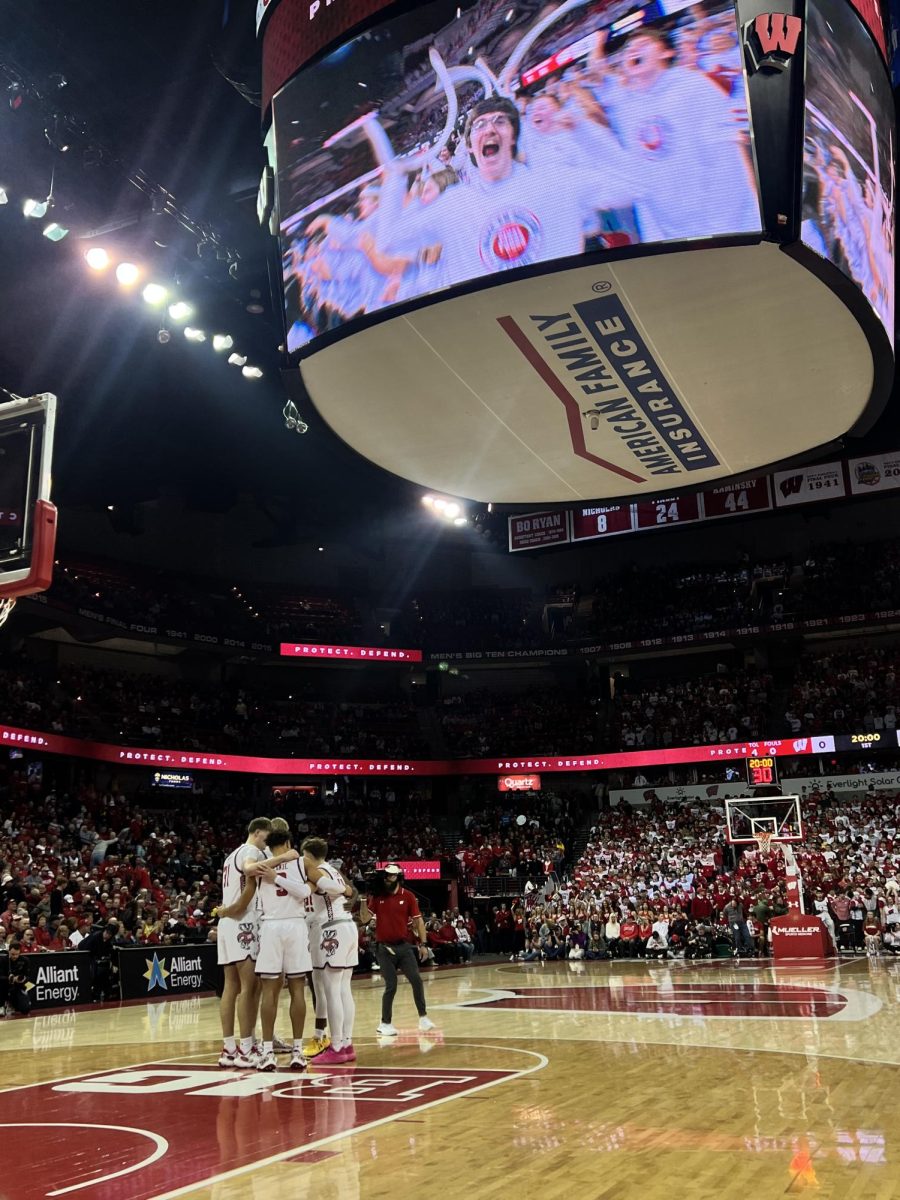With the kickoff of the 2023 college football season, the Big Ten enters the final season of the long heralded “Power 5” structure.
Realignment has dominated the college sports news cycle since it was first announced that the Texas Longhorns and the Oklahoma Sooners were leaving the Big 12 to join the Southeastern Conference in 2020, with the University of Southern California and the University of California-Los Angeles quickly following in their footsteps and joining the Big Ten.
But the college sports world was rocked this past July when it was announced that the PAC-12 had come completely undone after six of the 10 remaining teams failed to reach a linear TV deal. On top of USC and UCLA, the Big Ten will now welcome both the University of Oregon and the University of Washington to the conference in 2024. The conference is now set to expand to 18 programs at the start of next season.
Football: Wisconsin debuts Luke Fickell era with a 38-17 victory over Buffalo
While the media has largely focused on realignment ramifications in college football, collegiate athletes across the country will be no exception to the impacts of this new era of college sports. So without further ado, let’s jump into some of the pros and cons as we enter this new world of college sports in 2024.
Pro #1: Money
Talk all you want about the NCAA or Conference Chairmen, but if there was one thing we learned from realignment this past summer, it’s that TV networks are the real power brokers of college sports. Revenue shares are the biggest drivers of collegiate sports and which programs can get the most eyes on their teams come gameday will have advantages not only in building their programs, but their campuses as well.
Under the Big Ten’s new TV contract with FOX, NBC and CBS, which will run through the 2029-2030 season, teams currently in the Big Ten prior to realignment are set to make upwards of $60 million annually. As for the teams entering the Big Ten in 2024, they will receive $30 million a year, with that share increasing by $1 million which will continue to increase until 2030.
For schools this not only means better recruits and more luxurious athletic facilities, but also allows them to improve campus life as well. Overall, this new contract looks to move the Big Ten and their schools into the upper echelon of college sports and will allow them to compete with the SEC for years to come.
Pro #2: Prestige
Competing with the SEC also gives the Big Ten another advantage in recruiting the top athletes across the country to the conference. With greater competition, the Big Ten now possesses all the tools and the brands to compete with the top dogs of the college sports world, for those illustrious national titles. Especially with the College Football Playoff set to expand to 12 teams in the 2024 season, the Big Ten has now situated itself in prime position to compete for those spots against the likes of the ACC and Big 12.
But looking beyond football, sports such as college basketball, volleyball and even tennis will become more competitive, leaving Big Ten fans with no shortage of top 25 matchups to feast their eyes on come 2024 and beyond.
Notes, highlights, projections for UW athletics in 2023
Con #1: Travel
While there is no shortage of pros to discuss for the Big Ten in the world of realignment, there are equally as many cons with the biggest being travel for collegiate athletes. With the Big Ten landscape now stretching coast to coast, travel days for athletes across the country will become increasingly problematic.
Say you’re a Wisconsin soccer player who has to travel to Maryland to play one week then hop right back on a flight to Los Angeles the next. Over eight hours of travel in two weeks, assuming your flights aren’t delayed, and then you have midterms the very next week.
No matter what way you cut it, the stress of playing a sport, traveling for multiple hours, all while fulfilling your obligations as a student will be utterly exhausting for student-athletes across the Big Ten.
Con #2: Locality
One of the biggest allures of college sports that simply can’t be mirrored by the pros has always been tradition, specifically local rivals. While the Axe games and the Old Oaken Bucket rivalries of the world will be safe under this new structure, our new friends the Oregon Ducks and the Washington Huskies are losing likely the most storied games of their annual schedules.
For the Huskies specifically, the annual Apple Cup, which is played against Washington State at the end of the season will soon lose the competitive balance that has made it one of the must watch games of the annual college football season. With Washington now receiving a larger revenue share as well as better opportunities to recruit than their Pullman counterparts, the rivalry is set to lose both its competitive balance as well as its storied history as soon as next season.
Part of the reason many of us grew up watching college sports was the ability to see our team take on their equal come rivalry week and to see these historical matchups become null and void is one of the most significant blows dealt by this new era of college sports.
No matter what you may think of this new “super conference” era, the Big Ten will be forever changed by conference expansion. Whether it’s for better or worse is a topic we in the college sports world will be debating for years to come.








